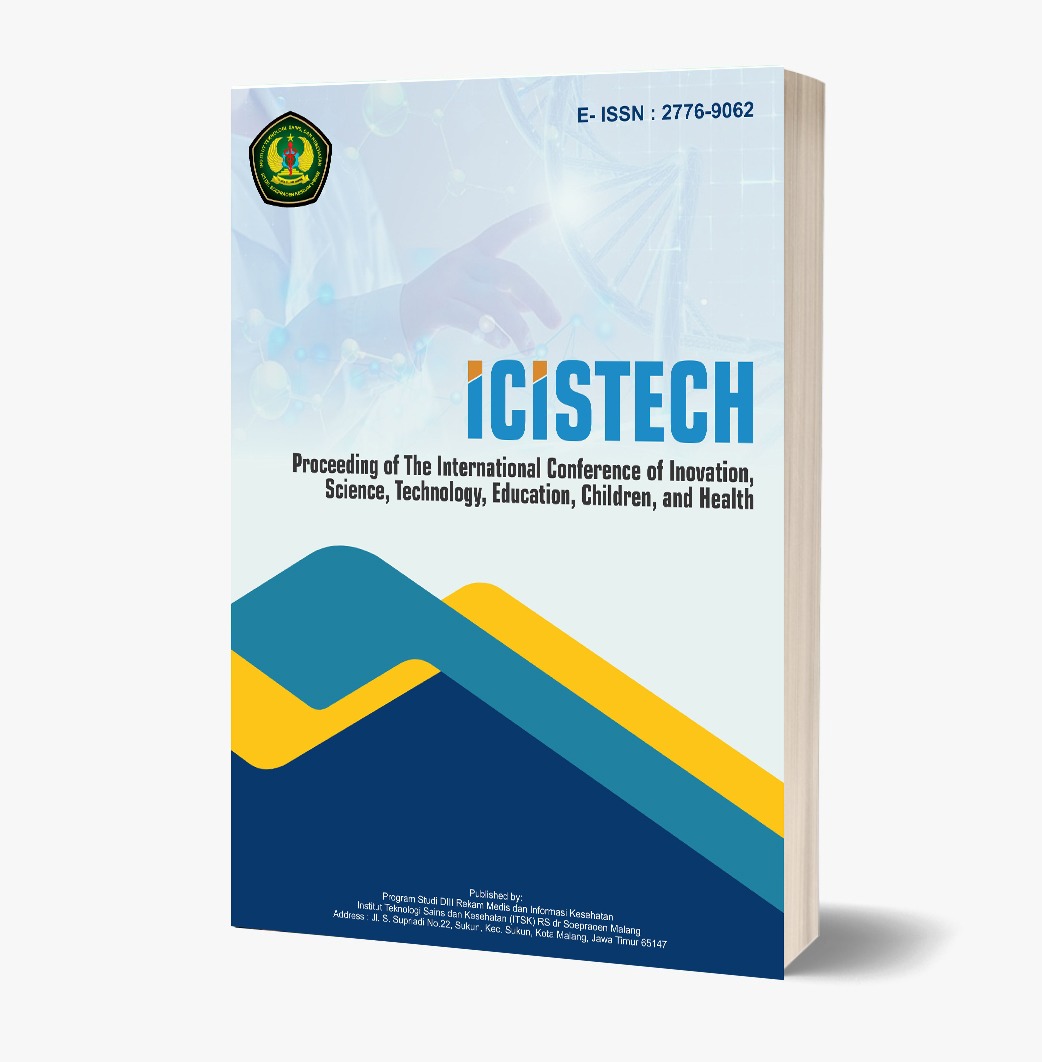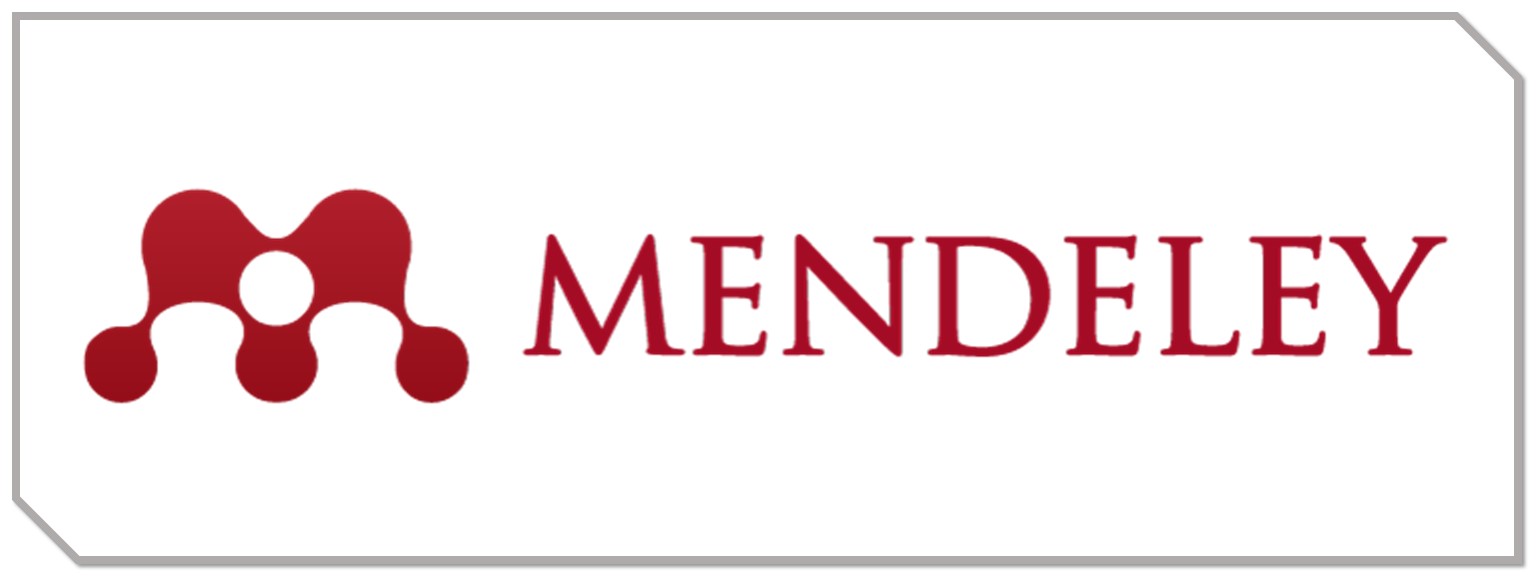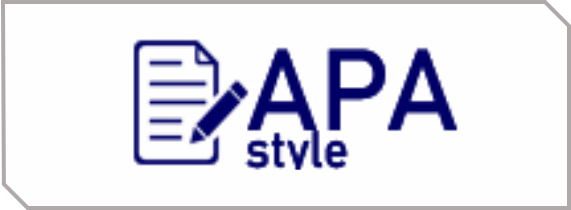Formulation And Testing The Effectiveness Of Gel Extract Of Red Ginger (Zingiber officinale Var. Rubrum) As Antiinflamatory In White Male Rats (Rattus norvegicus).
DOI:
https://doi.org/10.62951/icistech.v3i1.61Keywords:
Gel, Red Ginger, Anti-inflammatory, CarrageenanAbstract
Red Ginger is a type of rhizome that is widely used as an ingredient in traditional medicine in Indonesia. The efficacy of red ginger has been widely studied as an effective anti-inflammatory. One of the main components of red ginger is the gingerol class of compounds. This study aims to determine the anti-inflammatory effect that is applied to the red ginger extract gel (Zingiber officinale var. Ruburum) gel preparation with the HPMC gel-forming ingredient. The gel preparation was then tested for stability up to day 7 and evaluated for its anti-inflammatory power against white rats (Rattus norvegicus). The method used was the artificial inflammation ordering method, where the test was carried out by injection of carrageenan as a mediator for inflammation of the thighs of white rats, then topically giving Red Ginger extract gel with a concentration of 1%, 3% and 5%, HPMC as a negative control and diclofenac sodium as a Positive control. Measurements were carried out every 8 hours every day after being induced by carrageenan to use a caliper. The results showed that the reduction in inflammation to reduce the diameter of 1% after induction was 1.76 cm and decreased to 1.22 cm, the concentration of 3% after induction was 1.68 cm and decreased to 1.33 cm, the concentration of 5% after induction was 1 , 79 cm and decreased to 1.35 cm. Data were statistically analyzed using ANOVA showing that the negative HPMC controls did not show any anti-inflammatory effects. It can show that 1%, 3% and 5% Red Ginger ethanol extract gel has anti-inflammatory effects and the greatest effect is that the 5% concentration has an anti-inflammatory effect.
References
Allen, L. V., & Ansel, H. C. (2014). Ansel’s pharmaceutical dosage forms and drug delivery systems (10th ed.). Philadelphia, PA: Lippincott Williams & Wilkins.
Ansel, H. C. (2008). Pengantar bentuk sediaan farmasi (4th ed.; F. Ibrahim, Trans.). Jakarta, Indonesia: UI-Press.
Apriani, D. R. (2011). Uji efek antiinflamasi kombinasi ekstrak air akar tanaman akar kucing (Acalypha indica Linn.) dan ekstrak etanol 70% rimpang jahe merah (Zingiber officinale Linn. var. ruburum) terhadap udem kaki tikus yang diinduksikan karagen (Skripsi). Fakultas Matematika dan Ilmu Pengetahuan Alam, Program Studi Farmasi, Universitas Indonesia.
Draize, J. H. (1959). Dermal toxicity. In Appraisal of the safety of chemicals in food, drugs and cosmetics. The Association of Food and Drugs.
Effan, R., Raihan, & Juliana, D. (2016). Perbandingan gel ekstrak jahe merah (Zingiber officinale Linn. var. ruburum) dan gel ekstrak kunyit (Curcuma domestica Val) terhadap proses penyembuhan. Jurnal Luka Indonesia.
Fitriyah, N. (2012). Efek ekstrak etanol 70% rimpang jahe merah (Zingiber officinale Linn. var. ruburum) terhadap peningkatan kepadatan tulang tikus putih betina RA (rheumatoid arthritis) yang diinduksikan oleh complete Freund’s adjuvant (Skripsi). Fakultas Matematika dan Ilmu Pengetahuan Alam, Universitas Indonesia.
Herlina, et al. (2007). Khasiat dan manfaat jahe merah. Jakarta, Indonesia: Argo Media Pustaka.
Koswara, S. (1995). Jahe dan hasil olahannya. Jakarta, Indonesia: Pustaka Sinar Harapan.
Rosita, S. M. D., Moko, H., & Sudiarto. (1997). Sejarah dan penyebaran di dalam jahe (Monograf No. 3). Balai Penelitian Tanaman Rempah dan Obat.
Singh, M., & Mittal, V. (2012). Formulation and evaluation of herbal gel containing ethanolic extract of Ipomoea fistulosa. International Journal of Science and Research, 3(1), 121–124.
Stephani, P. (2010). Daya antiinflamasi ekstrak etanolik jahe merah (Zingiber officinale Rosc) dan kencur (Kaempferia galanga) pada mencit putih jantan (Skripsi). Universitas Sanata Dharma, Yogyakarta.
Tjay Tan Hoan, & Rahardja Kirana. (2002). Obat-obat penting (5th ed.). Jakarta, Indonesia: PT. Elix Media Komputindo.
Downloads
Published
How to Cite
Issue
Section
License
Copyright (c) 2024 Proceeding of The International Conference of Inovation, Science, Technology, Education, Children, and Health

This work is licensed under a Creative Commons Attribution-ShareAlike 4.0 International License.













